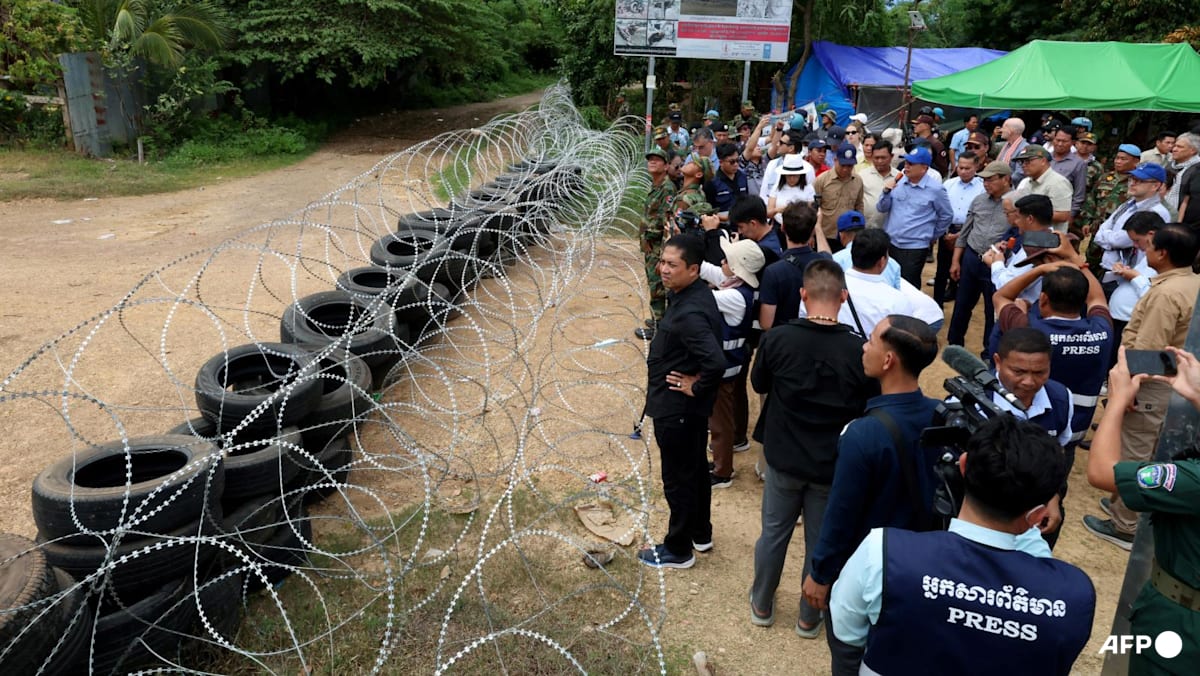SINGAPORE: Ms Amanda Chan’s son Corey was about four months old when she learnt that he had food allergies, setting off an “incredibly tough” first year of his life.
“Three meals a day became a bit of a traumatic experience, because at that point, he couldn’t speak. So anything I put in his mouth, I didn’t know whether I was going to be harming him,” said Ms Chan.
Corey, now 10, has been allergic to eggs, dairy, peanuts and dust mites since infancy. In the early years, the lack of awareness and information on food allergies in the local context was a challenge for Ms Chan.
“We didn’t understand that food allergy could actually be airborne. And even though he was not eating solids, he was still reacting,” she said.
A new clinical study announced on Thursday (Jun 26) aims to answer questions about the prevalence and impact of food allergies among children in Singapore.
This comes amid a steady rise in paediatric food allergy cases seen at clinics under the National University Hospital (NUH) and KK Women’s and Children’s Hospital (KKH).
The four-year study is led by NUH and the National University of Singapore (NUS) Yong Loo Lin School of Medicine, in collaboration with KKH, National University Polyclinics (NUP) and NUS Saw Swee Hock School of Public Health.
Named the Singapore Food Allergy Story, it is the first and largest study to provide a holistic overview of the burden of food allergies in Singapore, according to a media release by the health institutions.
Common allergens in the clinic cases seen at NUH and KKH include eggs, milk and peanuts in younger children, and shellfish in adolescents and young adults.
Food allergies have no definitive cure apart from natural outgrowing, and those caring for children with food allergies may face challenges like anxiety, hypervigilance and stress, according to the release.
On the ground, NUH and KKH have reported more emergency department visits for childhood anaphylaxis between 2015 and 2022, driven mainly by an increase in visits for food-related anaphylaxis.
Anaphylaxis refers to a severe and immediate allergic reaction, with symptoms that can affect breathing and blood circulation.













